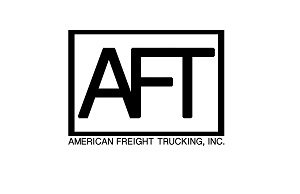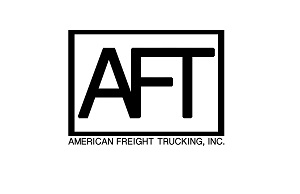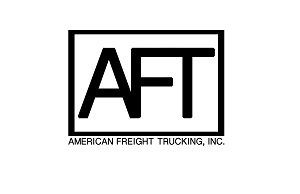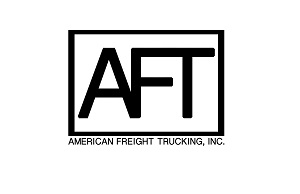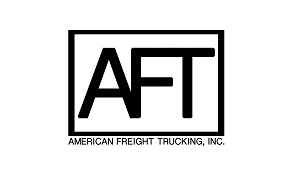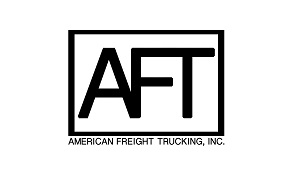<img width="150" src="http://www.automotive-fleet.com/fc_images/articles/m-truckatsunset-2011-cr-alfaro-1.jpg" border="0" alt="
For maximum productivity, some fleets can run trucks a second shift. HDT file photo by Ed Alfaro
">
For maximum productivity, some fleets can run trucks a second shift. HDT file photo by Ed Alfaro
">Despite rapid technological advances, Duff Swain believes trucking companies have not made the gains in productivity they should have in recent years.
“There was a great sense of urgency when the industry was entering the recession,” says Swain, founder and president of consulting firm Trincon Group, in a white paper. “In 2008 and 2009 carriers invested in improved technology and better quality management at a higher rate than they had in the previous 20 years. But something happened when freight demand started to improve in 2010.”
The recession had driven out weaker carriers, resulting in tighter freight capacity and higher rates, allowing the surviving carriers to generate increased profits and improved operating ratios.
“The lingering effects of the recession, however, made fleet owners risk averse, and rather than investing those increased profits back into their businesses they were more prone to hanging onto the cash.”
On top of that, he says, while those profits might have been higher overall, the profit margins were typically 2-4% net before tax. Swain contends that is too low for a capital-intensive industry like trucking to survive in the future.
“Unlike most industries (especially manufacturing) the trucking industry did not appreciably increase productivity per truck during the recession or after it. It would have been logical to do so since it would not require buying more trucks, just getting more revenue miles out of the ones they had.”
The definition of success for trucking companies, Swain contends, is not how many trucks you have, not how many drivers you employ, not how much warehouse space you have, but how effectively you are using those assets.
He shared some basic steps for how fleets can increase productivity in an interview with HDT.
1. Measure
As the saying goes, you can't manage what you don't measure. “Most small and medium size carriers don't have the ability to determine what the productivity number is for break-even or for making a certain profit, and how that relates to a specific truck and what its contribution needs to be," Swain says.
For one thing, he says, don't include fuel surcharges in your productivity numbers. That changes as the price of fuel fluctuates and has nothing to do with your productivity. In fact, Duff says fleets should use the fuel surcharge as a deduction against their fuel expenses, so they can get a better feel for whether the surcharge is doing its job of absorbing increases in fuel costs.
2. Install a TMS and use it properly
In order to properly track and measure, Swain says, you need a good computer management system. Trincon offers its own transportation management and costing system, but Swain says the important thing is efficiently using whatever TMS or enterprise system you have.
“So often we go into a company and they've invested in a McLeod or a TMW or web-based system, and they buy it for the right reasons. But when it gets passed down for installing it's put in the hands of IT or operations and the first thing you run into is resistance. The operations people say, ‘We don't do it that way,' and they try to adapt the system instead of adapting their procedures and processes to the system.”
Most systems, he says, organize around three basic areas: Sales, planning, and driver managers. “When we go into a company and they don't have that organization in place, we've seen just by organizing the people, without necessarily improving the skillets of the individuals, and getting them trained to use the system, we've seen as high as $100 a day improvement in productivity per truck.”
The other problem with a lot of computer systems, he says, is that the data in there is not current, live and real-time. Systems should tie in to electronic logs and other information coming directly from the truck.
3. Focus on per-truck productivity
The fastest way to improve your bottom line, Swain says, is to either put parked trucks into operation or increase the productivity of individual trucks.
“If you've got a truck parked or not operating, 35 to 45 cents of every dollar of revenue put on the truck would go to the bottom line,” he says. “That would contribute 65,000 to 75,000 to the bottom line of profit you're not achieving.”
Many operations, he says, are going to find that in order to maximize productivity per truck, they're going to need a higher driver ratio per truck than one to one.
“Trucks need to be run extra shifts or more days though the use of extra drivers or part time drivers,” he says. While that's likely not possible for a small- to mid-size company in an over-the-road long haul operation, companies that operate in a 250- to 500-mile radius could have other drivers operating some of their trucks on Saturdays or at night.
“You can't do that for every customer or with every load, but you don't have to,” he says. “If you efficiently slip seat 10% of your trucks you would increase your bottom line by 2 to 3 percentage points.”
That's because when you run that truck a second shift all of the fixed cost has already been absorbed on that truck in the first shift. “Every dollar of gross margin after variable expenses like fuel, parts, driver pay, drops to the bottom line.”
In addition, he says, if you look at it from a tax standpoint, if you can operate that truck efficiently over three years and trade it in after you've taken the depreciation on it, the truck makes more in after-tax profit.
4. Drive change from the top down
“The company needs to understand that people in the operations department and the drivers need to understand what the number is that's expected for each truck in order to make a certain level of profit, and they need to understand the importance of their role,” Swain says. “Most of them are customer conscious and driver conscious and load conscious and mile conscious but they're not revenue and profit conscious — because no one's ever shared the numbers.”
Having productivity-based incentives for both operations and drivers, he says, helps tie the two together as a team, “and that usually has the next impact of increasing productivity.”
5. Make sure you have the right people in the right positions
Once you have a system in place where your people know the levels of productivity needed for the company to reach its profit goals, and are incentivized to reach those goals, only then should you turn your attention to whether you have the right people in the right positions, Swain says. There are different types of skills and personality traits needed for a customer service rep than a driver manager, for instance.
“This is a process we've used over the years time after time after time,” Swain says. “It has to start with the recognition by owners that it's a culture change and it only happens from the top down. It doesn't' happen by saying to IT or operations, ‘Install this software and create change.' Everyone has to understand what's expected of them, and you have to measure results and establish rewards and accountability.”
“Here's what we explain to clients, and this has to filter down through sales, through operations, all the way down to the drivers. You make money in OTR trucking based on revenue per day per truck excluding fuel surcharge and the number of trucks in operation. And there's got to be enough of them to overcome the fixed costs and create a profit. That's so basic, but I would tell you 90% of the time when we go into a new client, the ownership and financial people might understand it, but it's not communicated to the people who make it happen.”
Trincon Group is kicking off a series of free webinars on productivity, starting with one on Aug. 18 exploring approaches to solving the driver shortage. For more information on the webinar and for access to white papers and other information, go to www.trincon.com.
Follow @HDTrucking on Twitter

